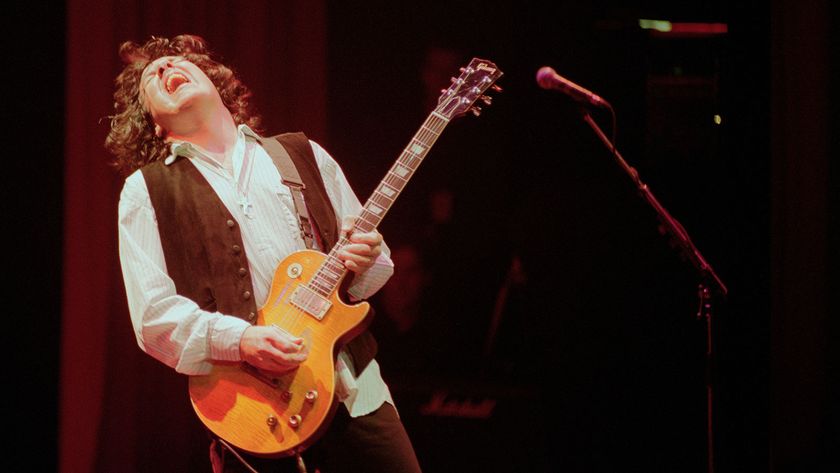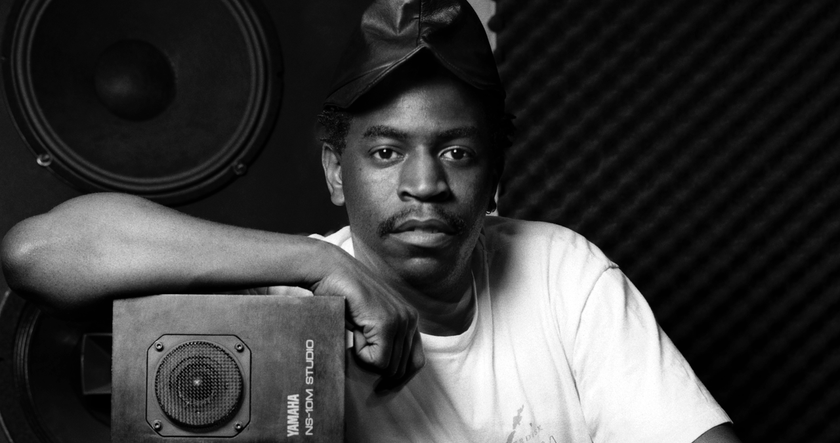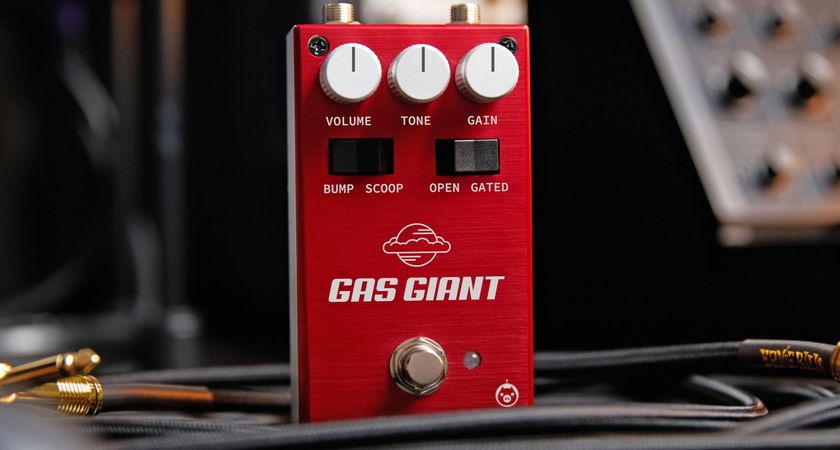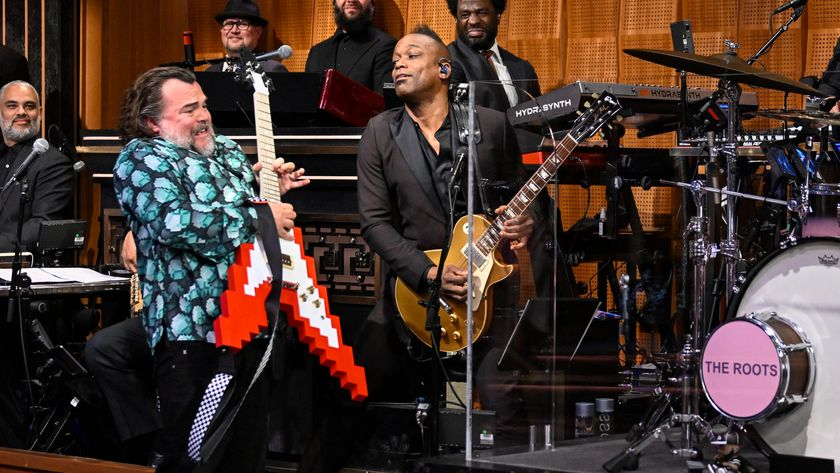Musikmesse 2015: MunroSonic announces Egg100 monitoring system
A smaller version of the original oval speaker setup
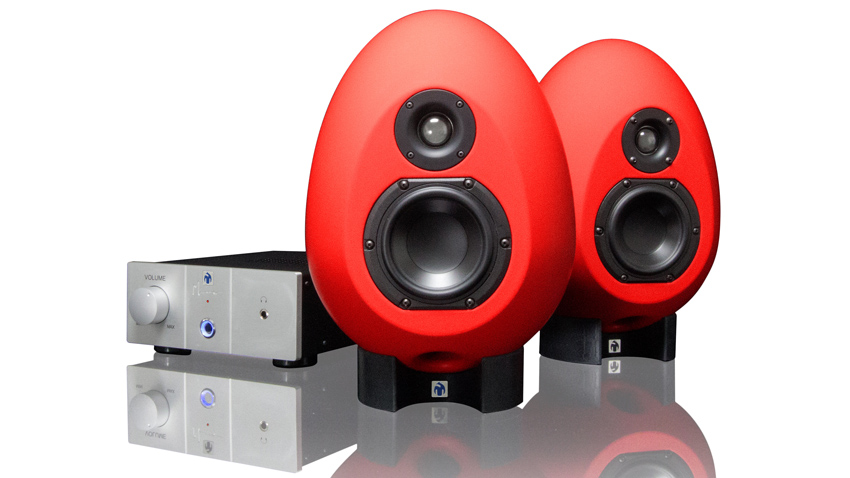
MUSIKMESSE 2015: MunroSonic has unveiled another oval speaker setup in the shape of the Egg100 monitoring system.
Taking its lead from the Egg150, this is a smaller, more affordable setup with a 4-inch driver. Designed for use in near-field situations, this offers continuously adjustable frequency response and an angled bass port. There's also a 'variable tilt base' that allows adjustment of the upward angle of the listening axis, the theory being that this enables you to avoid interfering reflections from your mixing console or desk surface.
The Egg100 ships with a separate control unit and amplifier which features active analogue crossovers, LF and HF trim pot EQ for location setup, and a Class-A headphone amplifier.
You can find out more on the MunroSonic website, and you'll be able to buy the Egg100 monitoring system from May for £1560/$1999.
MunroSonic Egg100 monitoring system features
- Unique monocoque shell construction (rigid and resonant neutral)
- Near zero diffraction interference (smooth frequency response)
- No internal standing waves (greatly reduced smearing)
- Perfect bass port integration (superb transient response)
- Free standing control unit and integrated amplification with 3m matched speaker cables
- Volume Level control and LED headroom indicator
- Class-A headphone amplifier
- Custom-designed speaker holder for adjustable vertical alignment (allows for perfect sweet spot in both vertical and horizontal planes)
- Precision trim pots for bass (LF) and High Frequency (HF) calibration
Get the MusicRadar Newsletter
Want all the hottest music and gear news, reviews, deals, features and more, direct to your inbox? Sign up here.



I’m the Deputy Editor of MusicRadar, having worked on the site since its launch in 2007. I previously spent eight years working on our sister magazine, Computer Music. I’ve been playing the piano, gigging in bands and failing to finish tracks at home for more than 30 years, 24 of which I’ve also spent writing about music and the ever-changing technology used to make it.




